Development of the Potential of a Preschool Teacher in the System of Scientific and Methodological Support
Author(s)
Natalya Yu. Maidankina, Candidate of Sciences (Pedagogy), Associate Professor, Professor of the Department of Pedagogical Technologiesof Preschool and Primary Education, https://orcid.org/0000-0001-5783-3837, I. Ulyanov Ulyanovsk State Pedagogical University
4 Square of the 100th anniversary of V. I. Lenin, Ulyanovsk, Russia, 432700, tel.: +7 (8442) 323989, maidankina @ mail.ru
Abstract. In the context of geopolitical and socio-economic challenges, the educational vector is shifting to the enhancement of effective approaches to the development of the pedagogical personnel resources in the system of additional professional education. This study involves an analysis of research on the educational approaches to teaching adults and developing the teacher’s potential. The contemporary trend is also concerned with the study of approaches to designing a unified system of scientific and methodological support for the development of the teacher’s potential. The study focuses on the development of the preschool teacher’s potential in the system of scientific and methodological support. To this end, based on the diagnostic materials, the specific features of the preschool teachers’ perception of their achievements, the relationship between the development of personal accomplishments and professional skills that influence the development of the potential are examined. The components of the potential and a set of the professional skills of the preschool teachers, which are needed to meet the Teacher Professional Standard and Federal State Educational Preschool Standard (TFSEPS) for the effective organization of the educational activity are specified. The core elements of the preschool teacher potential development concept in the system of scientific and methodological support are presented.
Materials and methods. Materials of a survey of educators were developed as diagnostic tools for the study, which allowed identifying the features of perception of personal achievements by the teachers of a preschool organization. The comparative analysis was used to investigate the components of the potential and an up-to-date set of professional skills of the preschool teacher. The main elements of the concept of the preschool teacher potential in the system of scientific and methodological support were presented.
Results of the study. Results of the study help to analyze the features of the perception of personal achievements by the preschool teachers, identify the relationship between the development of personal achievements and professional skills, clarify the components of the potential and the set of professional skills of a preschool teacher, demonstrate the core elements of the concept of developing the preschool teacher resources in the system of scientific and methodological support, and contribute to a general understanding of the activity strategy. Conclusion. The research materials, i.e., the survey, analysis of data on the teachers’ perception of their personal achievements, the components of the structure of the potential, the set of professional skills of the preschool teacher, the core elements of the concept of the pre- school teacher potential development in the system of scientific and methodological support in the changing context of the additional professional educational system and implementation of Federal State Educational Preschool Standard, could be used to set up the activity for improving the professional skills of teaching staff.
Keywords: additional professional educational system, system of advanced training, perception of the personal achievements, professional skills, concept elements, the preschool teacher
For citation: Maidankina N. Yu. Development of the Potential of a Preschool Teacher in the System of Scientific and Methodological Support. Pedagogicheskiy IMIDZH = Pedagogical IMAGE. 2022; 16(4): 476-493. (In Russ.). DOI: https://doi.org/10.32343/2409-5052-2022-16-4-476-493
DOI: https://doi.org/10.32343/2409-5052-2022-16-4-476-493
UDС: 378.046.4






